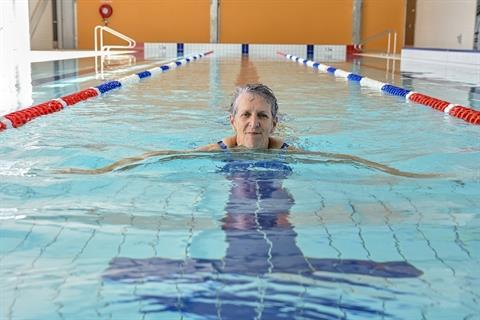
1 minute read
Risk Management
Council’s also have a responsibility under the Local Government Act 1993 to ensure all water safety functions, including the operation of public swimming pools are carried out safely and effectively to minimise risks of injury or death. RLSA’s 10 Year Analysis of Drowning in Aquatic Facilities in Australia between 1 July 2005 and 30 June 2015 found that: • 36 people drowned in public and commercial swimming pools • 81% were male and 19% were female • 36% occurred in Spring • 22% occurred on a Sunday • 56% occurred in the afternoon • 64% were in major cities • 94% of people were not visitors to the facility • The most common activity being undertaken prior to drowning was swimming and recreating (83%), while 6% of people fell into the pool • People of all skill levels drowned, including non-swimmers (14%), poor swimmers (8%), competent swimmers (22%) and strong swimmers (22%) • Deaths mostly occurred in the deep end of the pool (31%), followed by the side of the pool (8%) • Key risks included: o lack of active supervision by parents or carers for children o pre-existing medical conditions o drug use o lack of swimming ability and water safety knowledge • There were 257 cases of non-fatal drowning in Public and Commercial swimming pools • The leading age group for non-fatal drowning was children aged 0-4 years (45%), followed by children aged 5-9 years (21%)
Based on this, RLSA have recommend the following for the aquatic industry: • Promote safe aquatic behaviour through clear safety signage, including the need for adults to actively supervise children and non-swimmers; • Reinforce the importance of minimising both fatal and non-fatal drowning incidents in lifeguard training and continued professional development, including scanning techniques and optimal positioning around the pool; and • Expand swimming and water safety programs to all ages within the local community.
A comprehensive risk plan for the facility will be developed in accordance with Council’s Risk management Framework.
19
A summary of identified hazards at the facility include:
Identified Hazards Financial management Marketing, promotions, and reputation Accessibility and inclusion Injuries and drownings Lifeguarding Pools / bodies of water Pool maintenance Site security and cash handling Child safety Unacceptable and risky behaviours Risk Rating
High High
Moderate High High High - Extreme High - Extreme High High High – Extreme
20






